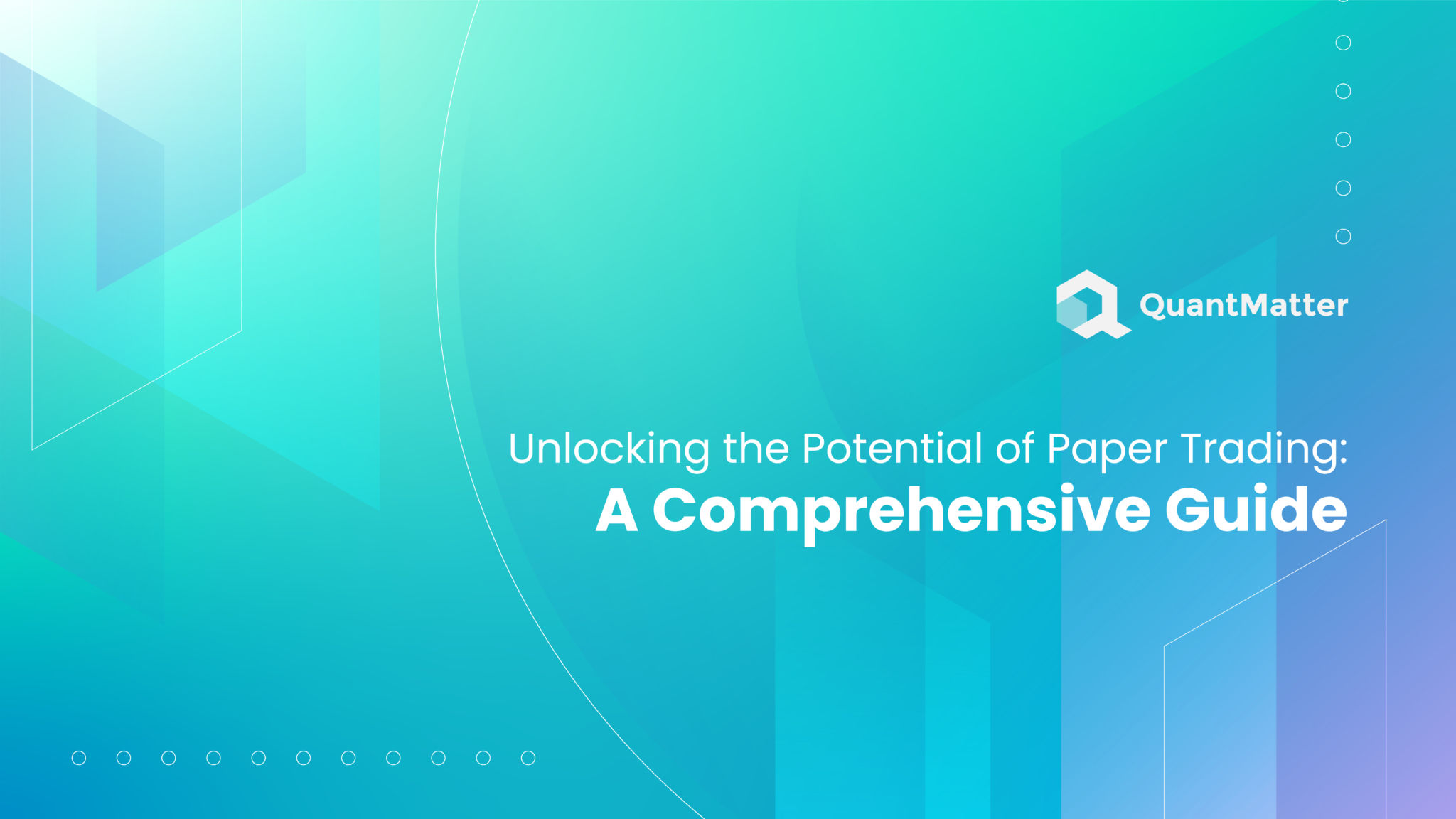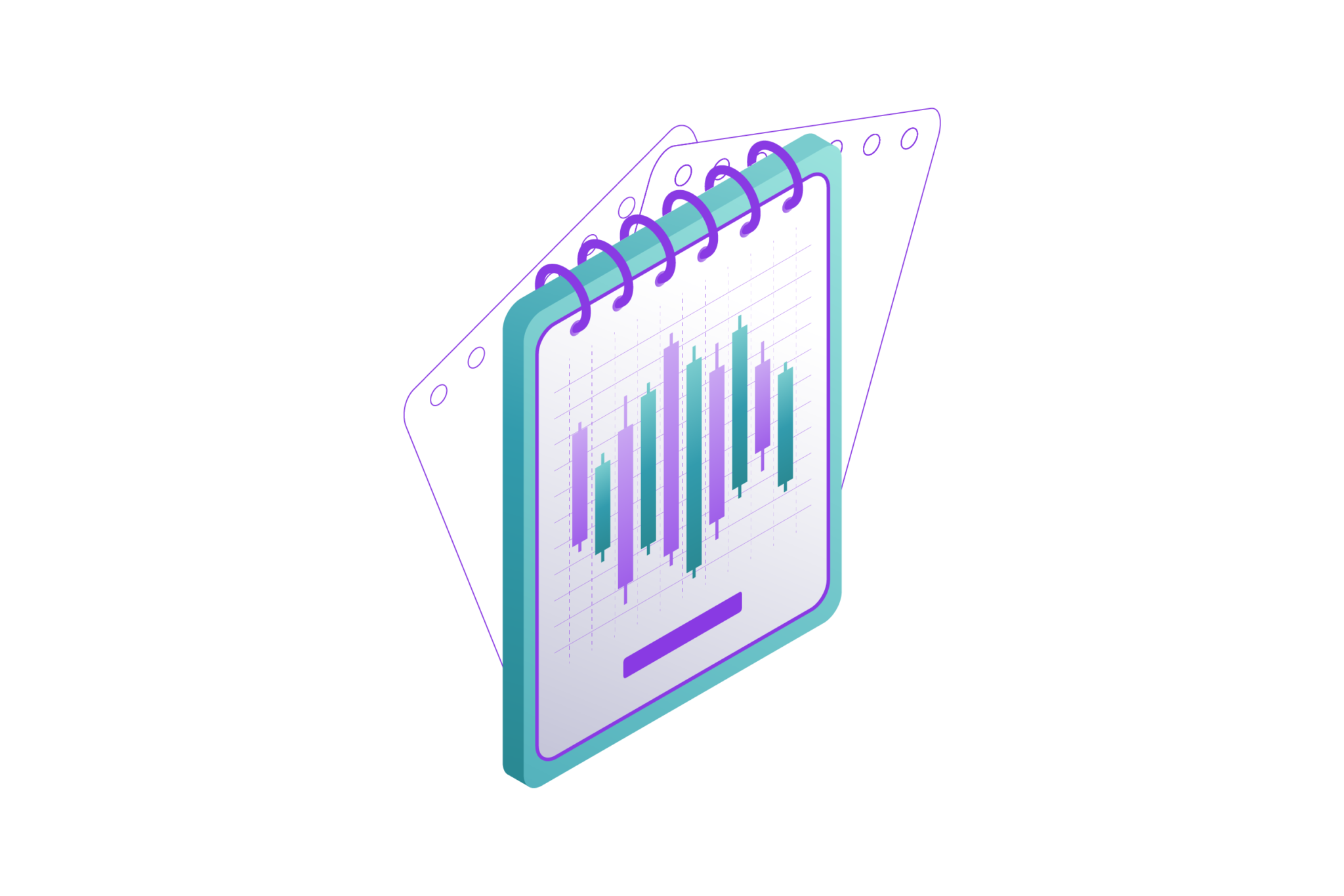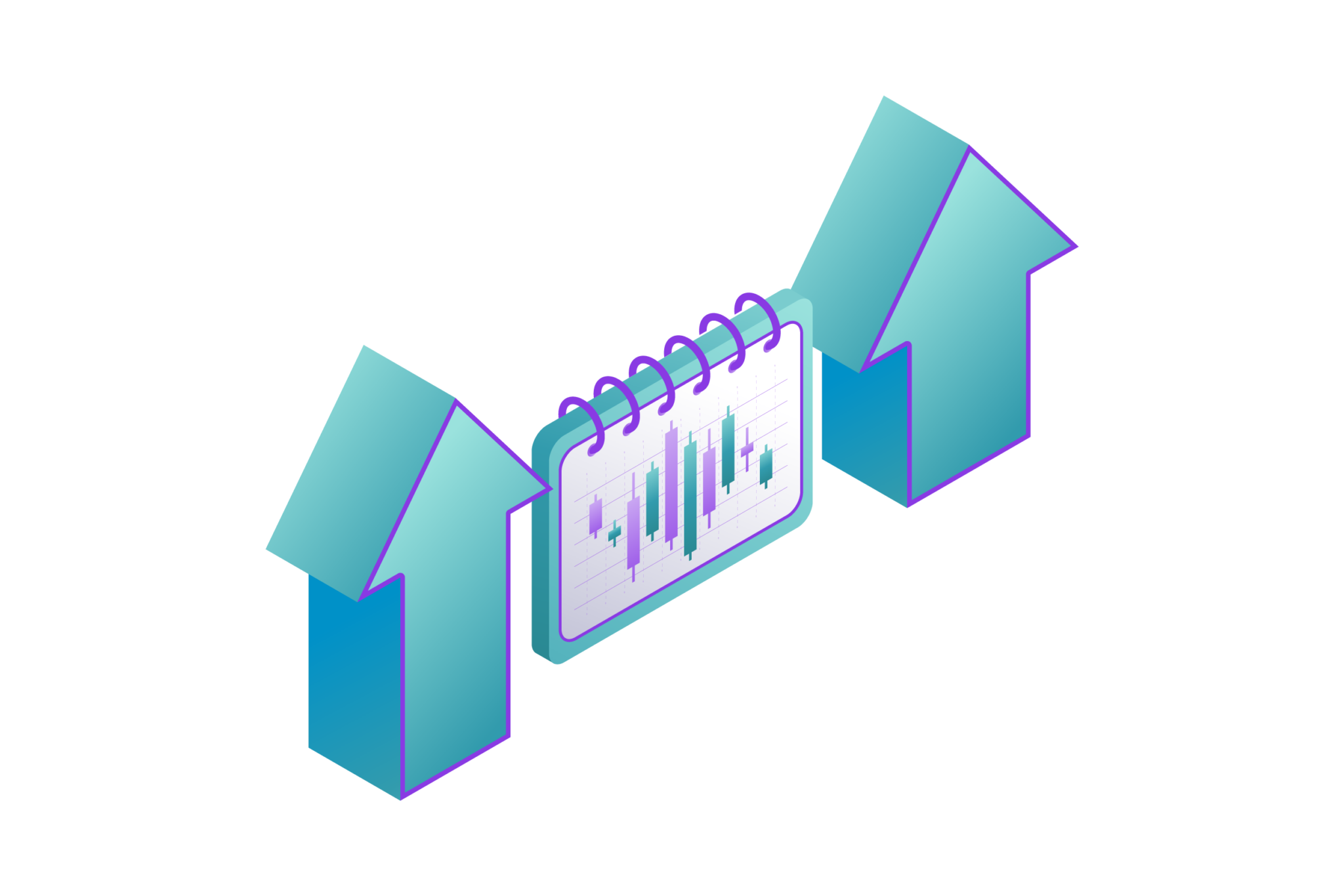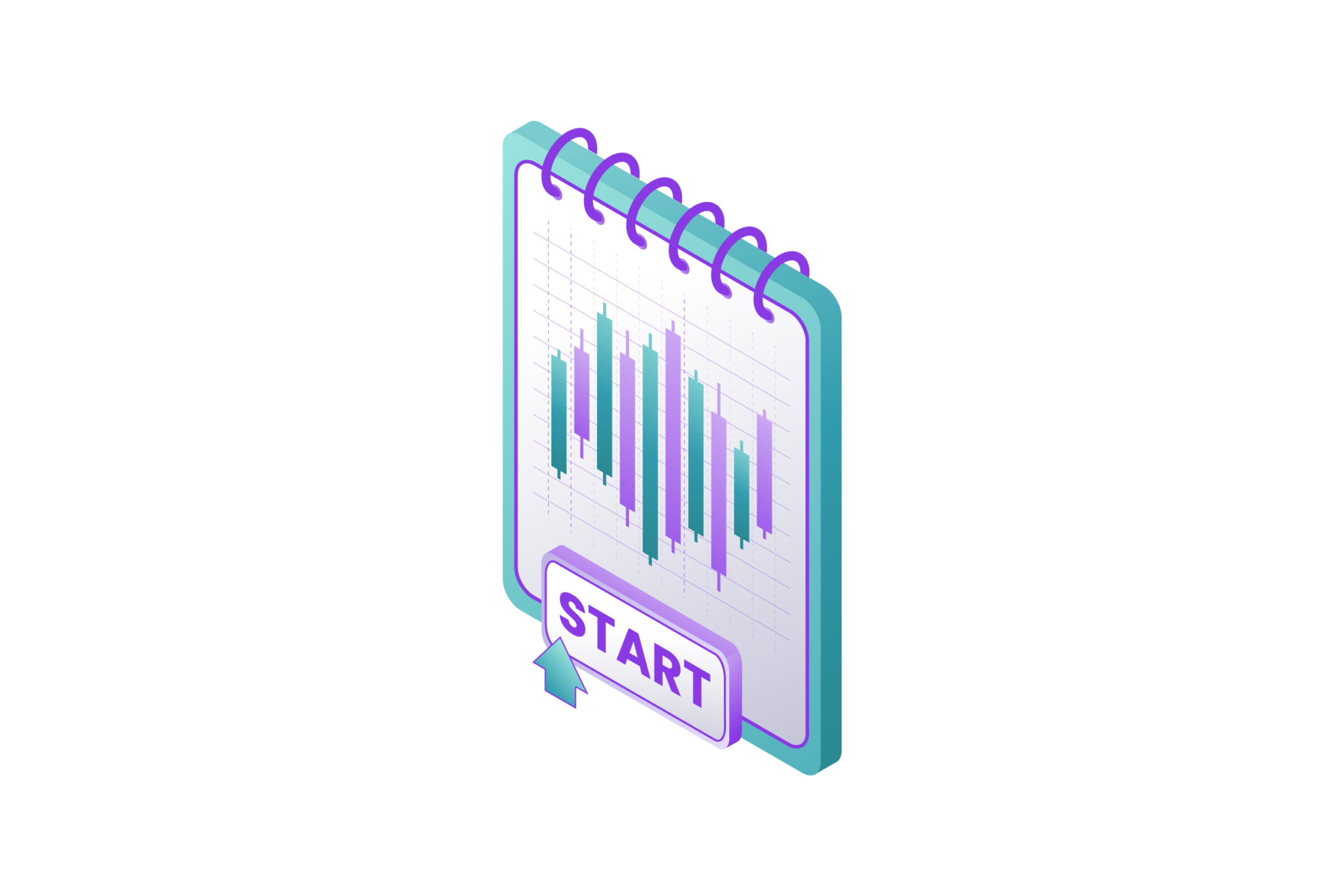
The process of paper trading, as an essential element of the learning procedure, will have a structured dimension to the process of skill acquisition. It motivates people to develop precise objectives, designate explicit targets, and build up techniques consistent with their trading strategy. Engagement in paper trading, which is done deliberately and purposefully, develops critical practical skills needed in live trading.
Paper trading is commonly considered the training ground for prospective investors and enables people to develop their investment approaches with no risks. With its increased acceptability, which is derived from the fact that it’s a risk-free environment to learn the nuances of the financial markets, this article discusses the paper trade concept, why it is essential, and how you can use this tool to improve your trading skills.
Understanding Paper Trading

The concept of learning about paper trading includes an understanding of its basics and its objective and pragmatic application for budding traders in the learning process. Let’s explore the key aspects:
– Simulated Environment
Simulated trading, also known as paper trading, is a pedagogical technique in which students trade fictitious stocks with imaginary money under conditions that are very similar to those in the stock market. This is essentially a simulation of how real traders experience peaks and troughs in the market. Participants can explore such market conditions in the virtual environment but do not have to suffer any losses. This is a safe haven not only for the newbies, who may explore freely without risking, but also for practical and operational ways of understanding what is behind the trade procedures, platforms’ intricacies, and so on.
Simulated money is very important for releasing energy within education tools. Using virtual funds allows participants to get rid of the emotional stress that comes with real financial implications. It gives great freedom from financial risk, through which different trade strategies and techniques can be explored exhaustively. Therefore, without the mental strain associated with real cash losses, people are able to broaden the borders of their own imagination and try different trading strategies.
Paper trading is not just about the paper. It becomes an ideal venue where traders can acquire more knowledge about financial exchanges. The program serves as an instructional platform that helps participants get accustomed to trading platforms’ nuances. Simulated executions enable people to gain experience in order placements, understand market data, and master the complex principles of trading management.
Also Read: Market Making: Strategies and Techniques
– Learning Market Dynamics
Simulated transactions allow people to directly observe the subtle dance of supply and demand, which is comprised of the reactions of different types of assets to macroeconomic events and breaking news. It is like sailing in the tide without fear of drowning. In other words, if you want to know how the market works, just try to sell your goods or services.
Exposure is very important in this sense. Beyond the realm of theory, it describes market movements due to external factors. Individuals experience in simulation what happens when the market responds to macroeconomic impetuses, changes in politics or changes in investor attitudes worldwide. The ability to understand the complex nature of financial markets also comes from this form of observational learning.
However, these ideas go beyond immediate application. Through their first-hand experience, participants are able to see the patterns, notice the trends, and make correlations among the various market variables. These practical experiences constitute a firm foundation on which the participants may grow towards the wisdom of decision-making. This enables the trader to gain insight into how diverse assets would respond to certain conditions.
Benefits of Paper Trading

The gains of paper trading are not limited to just surface appearance. This instrument is a very effective one and has many benefits, all of which help people realize their success paths in the world of trade. Here’s a deeper exploration of the key benefits:
1. Risk-Free Learning
This is because paper trading incurs no risks related to real money. The feature makes people free from stress or concern that they may lose due to their investment. Therefore, it creates a platform for exploration without worrying about loss. In this risk-free environment, people can try different trading strategies, which helps to evaluate how it works and understand the complexity of the market.
A sense of fearlessness developed throughout safe learning is a good starting point for inviting the participants to outgrow their comfort zone. Moreover, this promotes a flexible and responsive learning experience where people opt to take new approaches or embrace diverse trading regimes. Non-financial repercussions eliminate one psychological barrier that helps improve the educational value of the experience for participants.
2. Strategy Refinement
The success of trade, however, is dependent on the formation and constant adjustment of an effective strategy. Trading is like a testing ground where traders can sharpen their strategies without risking their pockets in live trading. In essence, this cyclical process helps people determine what works best for them so that they may achieve greater levels of efficiency.
Trading is very useful, especially for those who are just learning it, as they have the opportunity to practice and refine their strategies in a risk-free setting before actually embarking on trading. It helps to assess various trading strategies and their impacts in an orderly manner, thereby allowing errors in this regard not to have monetary ramifications in real-life trading. The improvement is also vital to building a strong and flexible trading strategy.
3. Market Familiarity
Paper trading assists novices in taking their first steps in the sophisticated trade’s language. The software gives an intuitive user interface to learn the basics of trading, reading charts, and placing trades in the market. The familiarity reduces the learning process to be encountered as traders move to the genuine market, making sure beginners’ step into the real environment equipped with the necessary tools and procedures.
Beginners can learn to operate in the real-world dynamics of markets by first being exposed to market forces in an open yet carefully balanced atmosphere with minimal risks. Engaging in paper trade gives individuals confidence and competence so as to face the challenges of the real market well-prepared and informed.
How to Get Started with Paper Trading

Paper trading has several steps that are aimed at making it convenient and easy to learn. Here’s a detailed guide on how to initiate your paper trading journey:
1. Select A Reliable Platform
Before engaging in paper trading, one should choose an established broker providing a paper trading option. A number of prominent brokers appreciate the need to have simulated accounts updated with live data. Choosing a credible system allows participants to get current and real-time market information, just like in real trading conditions.
This ensures that a reputable platform is chosen, and this coincides with the overall goal of preparing people for the truth of actual trading. User-friendly interfaces, crucial technical analysis instruments, and a smooth transition from paper trading to real trading make trustworthy environments more convenient for newcomers.
2. Define Objectives and Strategies
Successful paper trading is more than experimental; it is about strategy. Therefore, before throwing yourself into the virtual world, make sure you have clearly defined what you want to achieve from this experience. Decide what you want to accomplish as you trade, from gaining a deeper understanding of certain trading concepts to testing different strategies and eventually perfecting your decision-making process.
Additionally, strategies must be developed along with objectives. These are more like an itinerary for you to test out your hypotheses about the strategy and understand all those nuances. Specific objectives and strategic planning on paper trade make education more clear and useful, giving it a sense.
3. Track and Analyze Performance
Consistently monitoring and evaluating your paper trading results is one of the pillars of education. More than simply trading, it requires a detailed analysis of your behaviors and their effects. Through recognition of trends, victories, and blunders, you will have a clear picture of the impact of your strategies and decisions.
Performances can be analyzed through a structured approach that allows participants to make evidence-based adjustments to their approaches. In fact, it is an ongoing process where traders improve their skills by revising their initial strategies. Following this systematic practice of measuring performance that makes you into a smarter market player.
Potential Drawbacks of Paper Trading
Paper trading is very helpful when one wants to learn how to trade. However, it’s also important to note the disadvantages that come along. It is important to acknowledge these limitations because it provides a more complete process of a trader building and equipping an individual with the nuances of live trading. Here are some potential drawbacks to paper trading:
1. Emotional Disconnect
Paper trading is the term used for this situation, and it makes for an interesting case study since there are no real money payments involved. However, this lack, although it protects people from being emotionally shaken by the uphill and downhill moments in trade, brings in an intriguing aspect, which is the emotional detachment exhibited by participants. Emotional separation is similar to navigating in unexplored waters with a ship guarded by storms of monetary loss, giving benefits and traps for the learning process.
However, the lack of emotions in a paper trade leads you to a quiet, calm space that is worth every penny when it comes to learning and experimenting on things They can freely try out many trading strategies, go through unorthodox processes, and take risks without serious economic implications. Such a stress-free environment becomes a canvas for experimentation, enabling a mind that is ready for imagination and courage. This enables one to freely explore the intricacies of the market and makes practice less emotionally distressing, knowing that they will not experience any losses whatsoever.
Also Read: Automatic Market Makers : Things You Should Know
2. Market Realism
Paper trading works by accurately mimicking market conditions, except for some real-life elements that traders face during the actual trade. One of these factors includes slipping, which is when a trade is made at an opposite market price from what had been assumed. There are other areas, like liquidity issues, that are not considered in many cases but play a significant role in how orders are executed and how they interact with the rest of the markets. Real transactions make the situation even more complicated as they involve real cash, and one has to be inside the skin to really understand what this implies.
To be successful, paper traders must keep in mind the limits of market reality. This demonstrates that one should take paper trading only as an introduction to all the subtleties of live trading. The knowledge enables people to approach the switchover to real selling with a sensible mindset, recognizing that the complications would go beyond those encountered and witnessed in simulation training.
Conclusion
Paper trading is an extremely important method that every trader, whether a beginner or an experienced trader, should use to practice or improve their work. It is meaningful because it creates a safe and conducive environment for learning skills and making strategic adjustments. For individuals who aspire to traverse the turbulent realm of finance, paper trading serves as an interim stage towards cultivating lucrative trading ventures.
In addition, the non-risky attributes of paper trading allow individuals to build confidence in making trades, reading the markets and using the trading systems. Confidence in this newness helps people move from the sphere of theory to that of practice. It gives a smooth transition into real-time dealing with the psychological and emotional aspects of the financial risk involved.
Participating in paper trading helps people polish their strategies as well as acquire the habit of adjusting to fluctuating market conditions. Iteratively testing, analyzing, and reviewing strategies in a safe setting creates an endless loop of improvement. The ability to adapt is an important attribute for traders wishing to survive such market turbulence and unknowns.
Disclaimer: The information provided by Quant Matter in this article is intended for general informational purposes and does not reflect the company’s opinion. It is not intended as investment advice or a recommendation. Readers are strongly advised to conduct their own thorough research and consult with a qualified financial advisor before making any financial decisions.

I craft stories that make complex ideas clear. I simplify the blend of data science, machine learning, and crypto trading, showcasing how advanced tech and quantitative models analyze data for informed trading choices. Join me in exploring the realm of quantitative trading, where my narratives make intricate concepts easy to grasp.
- Alifia Berizkyhttps://quantmatter.com/author/alifia-berizky/
- Alifia Berizkyhttps://quantmatter.com/author/alifia-berizky/
- Alifia Berizkyhttps://quantmatter.com/author/alifia-berizky/
- Alifia Berizkyhttps://quantmatter.com/author/alifia-berizky/
